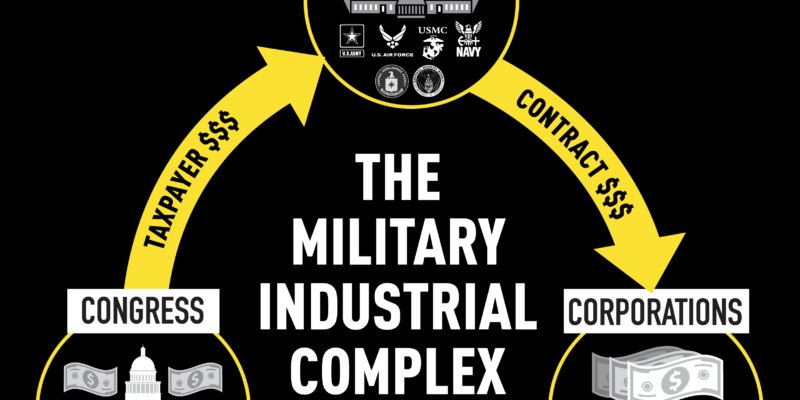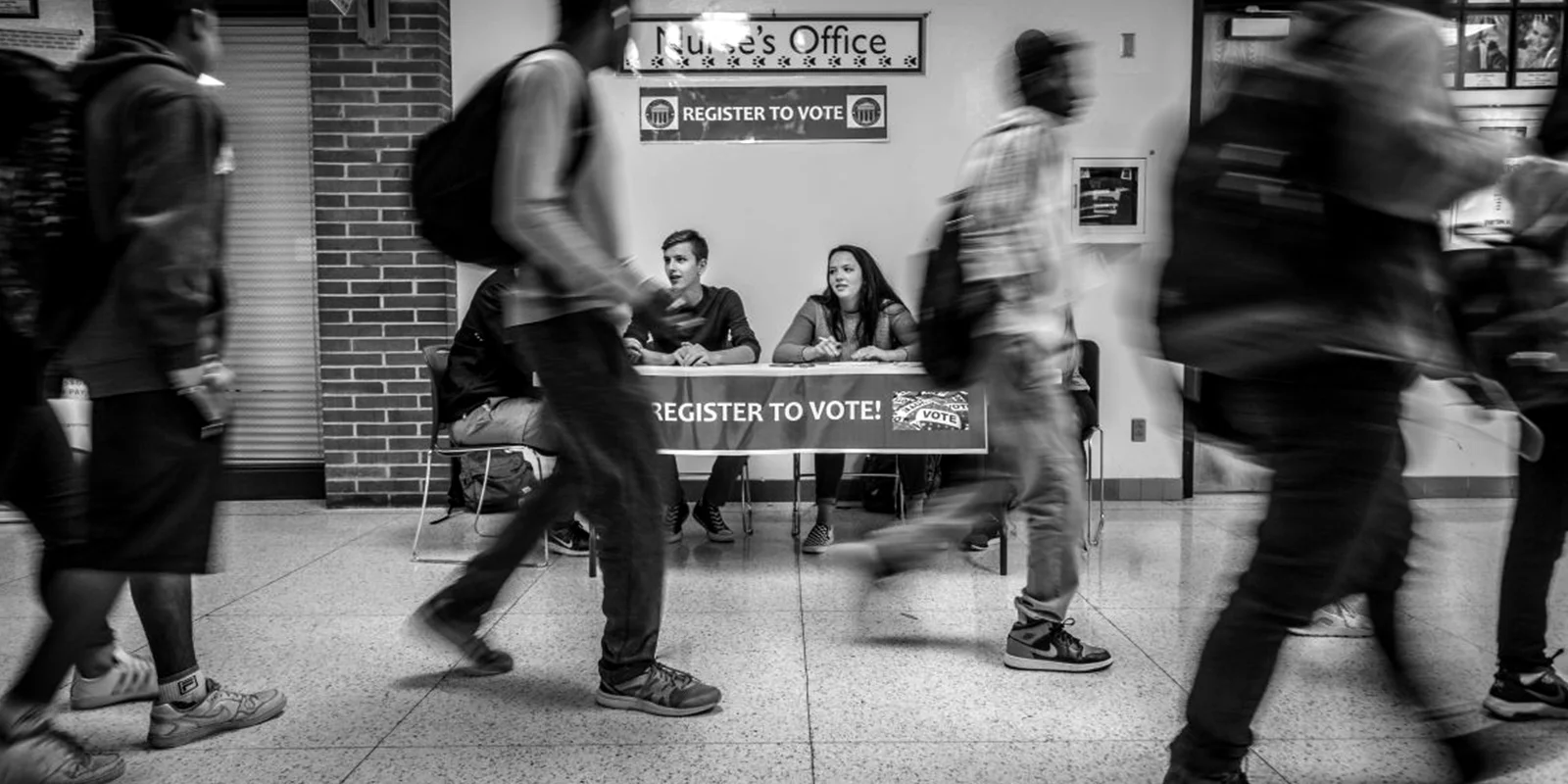
Can you speak Gen Z: Messaging to Younger and More Diverse Audiences
Every four years, tens of millions of Americans head to the polls to cast their ballot for president, but not before they’ve been inundated by a wave of public polling and electoral predictions. Candidate popularity, voter surveys on key issues, and turnout forecasts—you name it and it’s probably been polled. It’s enough to make anyone’s head spin. Which is why it’s all the more shocking to learn that this deluge of polling continues to systematically skip over “Gen Z” voters between the ages of 18 and 29.
In this blog, we will examine the gap in polling data for Gen Z, the current rhetoric and media analysis on these young voters, successes from local organizing efforts in turning out the youth vote, and make the case for additional targeted messaging to younger and more diverse audiences in the lead up to the 2024 election—and beyond.
Current Rhetoric on Gen Z
Gen Z has been described as ‘lazy, demanding, and unprepared’.
There has been much hand-wringing in the media about Gen Z’s work styles and behaviors as more and more young people enter the labor force. Gen Zers have been described as lazy, difficult to work with, and overly demanding of workplace benefits. (Perhaps relatedly, they are more pro-union than other generations.) They’re more eager to disclose their salaries and to talk openly about pay structures. Reports also claim that they’ve struggled with workplace norms such as how to dress and communicate.
Paradoxically, the same Gen Zers, wrongly or rightly known for their laziness, have also been characterized as willing to take on extra jobs or “side hustles” to make ends meet or to save for the future. Skip to another report, though, and you’ll be led to believe that Gen Zers actually don’t have the same hustle mindset as previous generations. Other articles also state that Gen Zers have unrealistic expectations about retirement, reportedly, while also carrying serious anxiety about their economic prospects. Conflicting information abounds.
Are any of these characterizations true?
It can be a challenge to sift through all the hot takes on Gen Z and even more difficult to know what to believe and apply to your own communications work. While some of these conclusions may be based on sound, reliable survey data or qualitative research, many are simply anecdotes and opinionated rantings from older generations. The deafening amount of white noise dominating the public debate around Gen Z has led some polling outfits to question the utility of generational analysis as a practice. The Pew Research Center, most notably, announced that it is retiring its entire concept of generational framing on the grounds that sweeping generalizations of generations can be misleading and even harmful. Pew researchers also noted that what may seem like a generational difference may actually turn out to be a demographic difference (i.e., one based more on race or ethnicity).
We must take these analyses with a grain of salt, as we would any generalization of millions of people. As always, it’s critical to interrogate the source of all such findings. A CEO’s anecdotal observations of their employees should not carry the same weight as a rigorous, data-driven analysis of survey results or substantial qualitative interviews, for example.
States with High Youth Voter Turnout
Despite all of the fodder and generalizations about Gen Z, something that is beyond question is the impact they have on our elections. Over the past several election cycles, youth voter turnout has rocketed. In 2020, youth voter turnout nearly hit a 50-year high, with half of young voters, ages 18-29, turning out to vote in the presidential election. Taking a broader view, we see that every election since the 2016 presidential election has drawn above-average turnout among young voters: a record-breaking 31 percent of young voters participated in the 2018 midterm elections while 27 percent turned out in the 2022 midterms. These trends are consistent with the higher-than-normal turnout rates since the 2016 election among several other voting blocs and demographics, including women.
How to explain this groundswell in youth turnout? One theory is heightened voter registration and other pro-voter reforms. States with the highest youth voter turnout in the 2022 election cycle—Michigan, Washington, and Colorado—all boasted programs such as automatic voter registration, same-day registration, and early voting laws. Another factor could be the number of contentious issues, such as abortion access, which framed elections in states with high youth voter turnout.
Issues that Resonate
While there are still many gaps in the polling and research on young voters, some recent polling may help us better understand some of the key motives and issues driving Gen Z:
- About 2 in 5 (39%) of Gen Z respondents ranked inflation and gas prices as one of their top three issues, followed by abortion (30%), jobs (26%), and climate change (23%). (Circle)
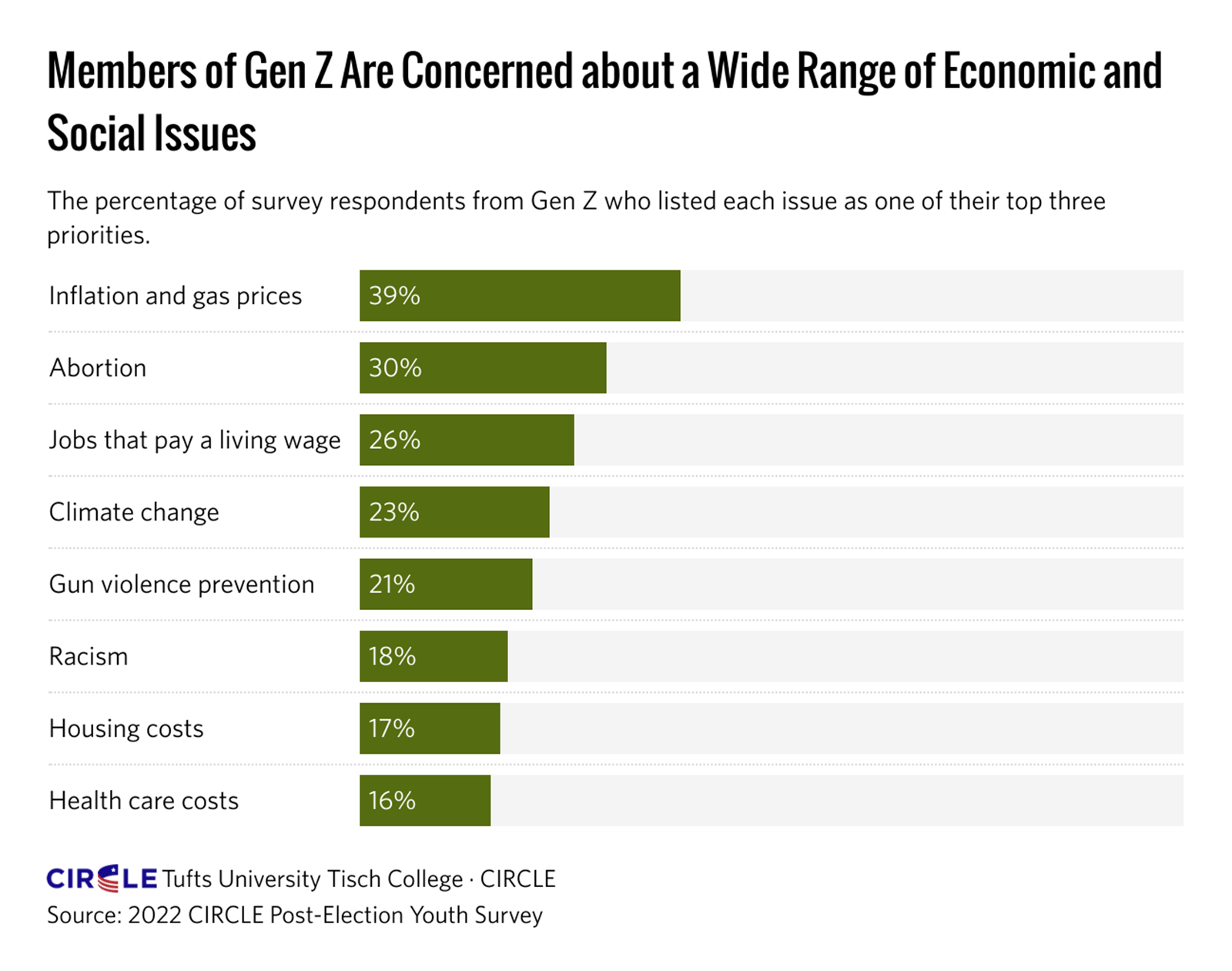

- Younger voters are less likely to talk about politics but more likely to volunteer or attend political events. Nearly half of Gen Z voters (46%) reported that they had volunteered or attended a political event, compared to 23% of Millennials and fewer than one in six Gen Xers (15%). (Navigator Research)
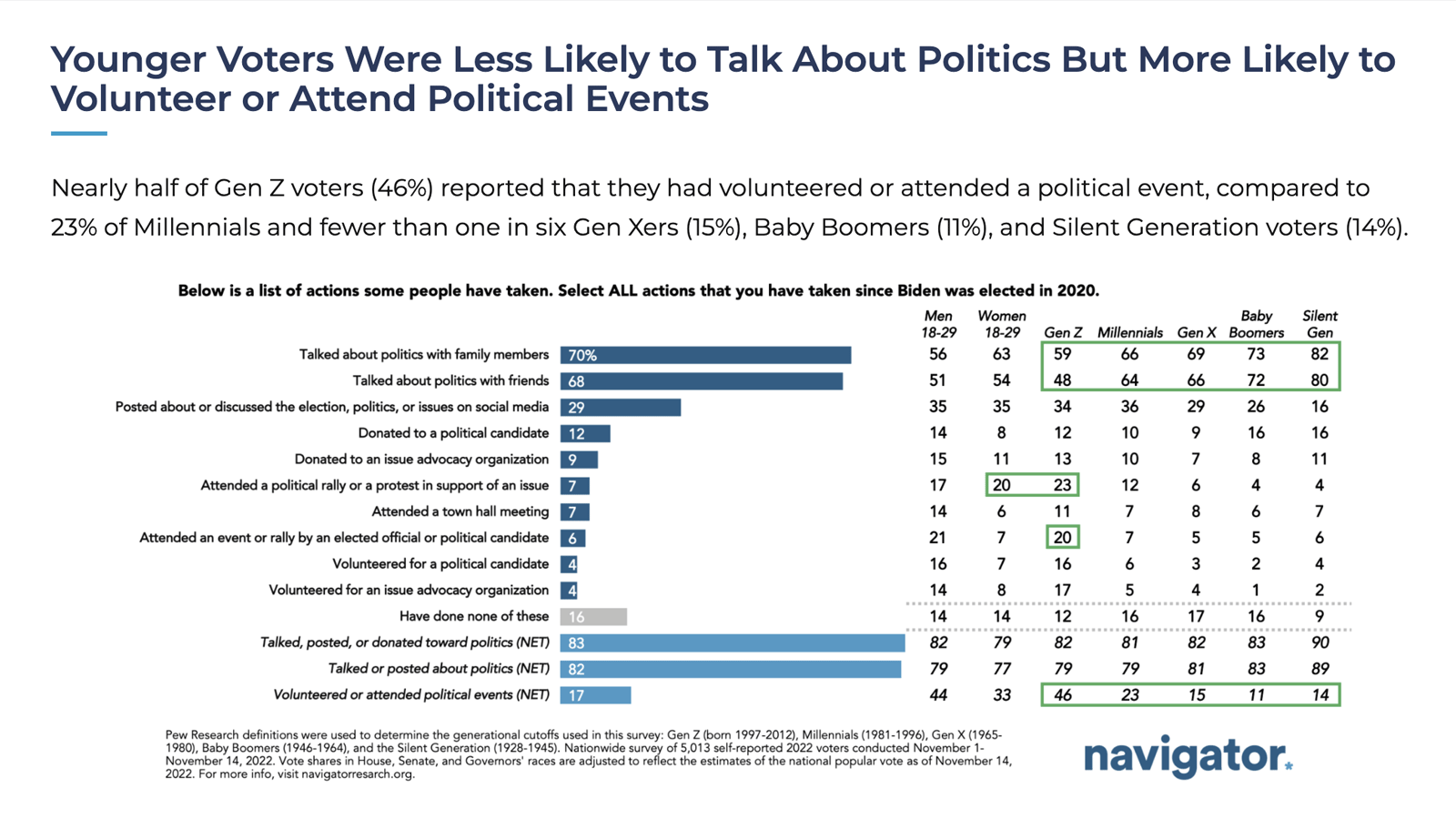
- While young people have relatively more positive views of democracy than older voters, they are less likely to identify with one of the two major parties. Nearly two in five youth (38%) said they identify as either Independents or “something else,” compared to 35% of the 30-44 age group and 30% or fewer of older voters. (Circle)
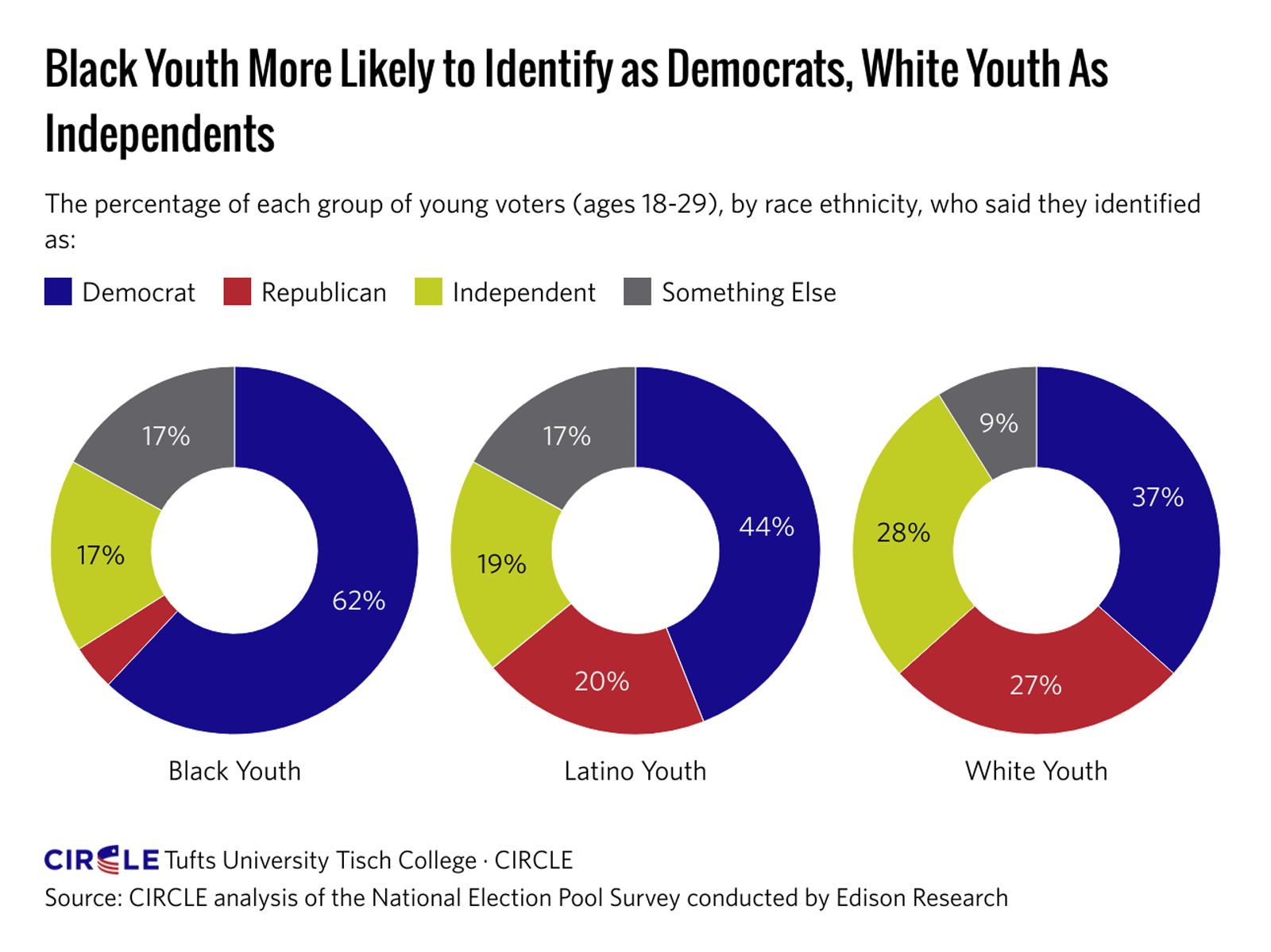
- Among young women voters ages 18-29 in the battleground states, abortion and women’s rights are the most motivating issues in determining their vote, with over half (55 percent) saying abortion and women’s rights combined are the top issues that will determine their votes. (FMF)
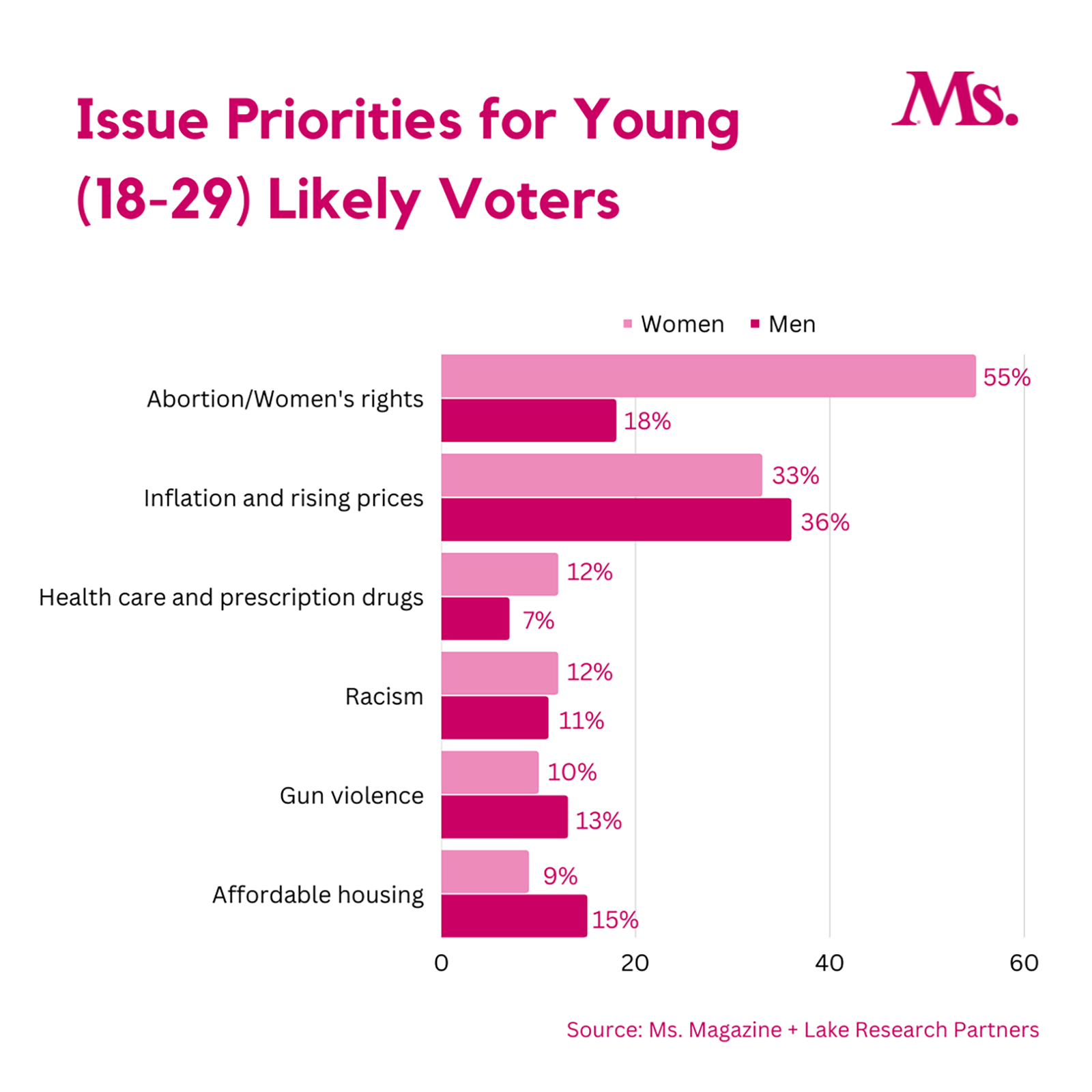
Current societal issues, such as abortion access and economic inflation, tend to be motivating factors for many voters, but exactly what issues are the most pressing varies by generation. According to a recent FiveThirtyEight/PerryUndem/YouGov survey, on average, Gen Z is “more likely than any other cohort — even those only a decade or two older — to say that abortion should always be legal, that racism and racial inequality are big problems in the U.S., and that they favored dramatic moves to undo injustices of the past, like cash payments to descendants of enslaved people”. Being informed and having up-to-date information on these issues is crucially important to crafting impactful narratives, not only with Gen Z, but with any audience. So keep in mind that it’s important to do your research—a blanket narrative or messaging guide simply won’t cut it.
For additional information on issues that resonate with Gen Z check out our blog: WHAT DO WE KNOW ABOUT GEN Z?
Youth Organizers Success Stories
Over the past decade, a number of organizations focused on turning out young voters have had a tremendous impact during on-and-off election years. One such organization, Alliance for Youth Action, alongside its state partners and affiliates, helped lead decades-long grassroots efforts to engage and turnout young voters. In particular, in 2022 one of their state partners, Detroit Action, celebrated several electoral wins, which could be attributed to Michigan’s high youth voter turnout that year. Detroit Action has long been committed to promoting youth organizing efforts in the state and, in the lead-up to the 2022 election, conducted extensive voter registration work and engagement of young voters. This type of targeted, grassroots mobilization coupled with Michigan’s recent voting expansion laws and some highly impactful ballot amendments could be what led to Michigan having the highest youth voter turnout rate of any state in the 2022 midterm elections at 36.5%.
Other organizations focused on engaging and educating young voters, such as NextGen America and GenVote, have also reported high numbers of youth voter turnout in key states and races in which targeted mobilization efforts were conducted. In fact, research shows that many young people believe they have the power to change things and want to take action, but simply lack the resources and information to get involved in the political process and make an informed political decision.
Winning Messages
When thinking about how to craft messages and framing narratives for young voters it’s important to use data and polling, like what is listed above, to help center and ground your messaging in these motivating and impactful issues. For example, when speaking with young voters about the Wisconsin Supreme Court election this past March youth-led civic engagement organization, Leaders Igniting Transformation (LIT), created resources to engage and educate young voters on the importance of the impending election by coupling their outreach with issues such as abortion access, fair redistricting and other topics that are important to young people’s daily lives. This type of outreach is crucially important and no doubt helped contribute to Wisconsin’s record-breaking turnout earlier this year.
Given the Supreme Court’s recent rulings on President Biden’s student loan forgiveness plan and affirmative action, and the ongoing reproductive rights issues post the Dobbs ruling last year, organizers and state leaders could use the following messages to engage and turnout young voters in the lead up to the 2024 presidential election:
- With abortion rights, student loan forgiveness, and climate action on the line we can’t afford another four years of a Republican president. Join us at this week’s phone bank and help us get out the vote for [xxx]!
- Young voters are poised to make up the largest voting bloc in the country by 2028. We have the power to decide the future we want. Harness your power and go VOTE this November!
- Republican lawmakers are trying to silence our voices by making it harder to vote. We need to hold our leaders accountable and ensure our voices are heard. Join us for our Hill Lobbying Day this [xxx] and tell our leaders to expand voting access now!
It’s also important to keep in mind that these generalized data points and messaging may not be applicable to your state or relevant to your community’s specific needs or concerns. It’s always best practice, when possible, to conduct additional polling or research in your local area to get the best message-tested data and craft the most compelling narrative that will resonate with your audience.
Gen Z voters are a growing voter population with the power to shape the future outcome of our elections. With the 2024 presidential election rapidly approaching we need to start investing in this younger voting bloc as they will certainly be a key factor in the outcome of this upcoming election. Additional polling and research on Gen Z is not only critical to ensuring that the messaging and narratives we are crafting are sound, but also speak to the issues that move these young voters towards action. As data from this blog post affirms, young voters want to get engaged in the political process and are already taking action where they know how. It’s time we start meeting them halfway.



